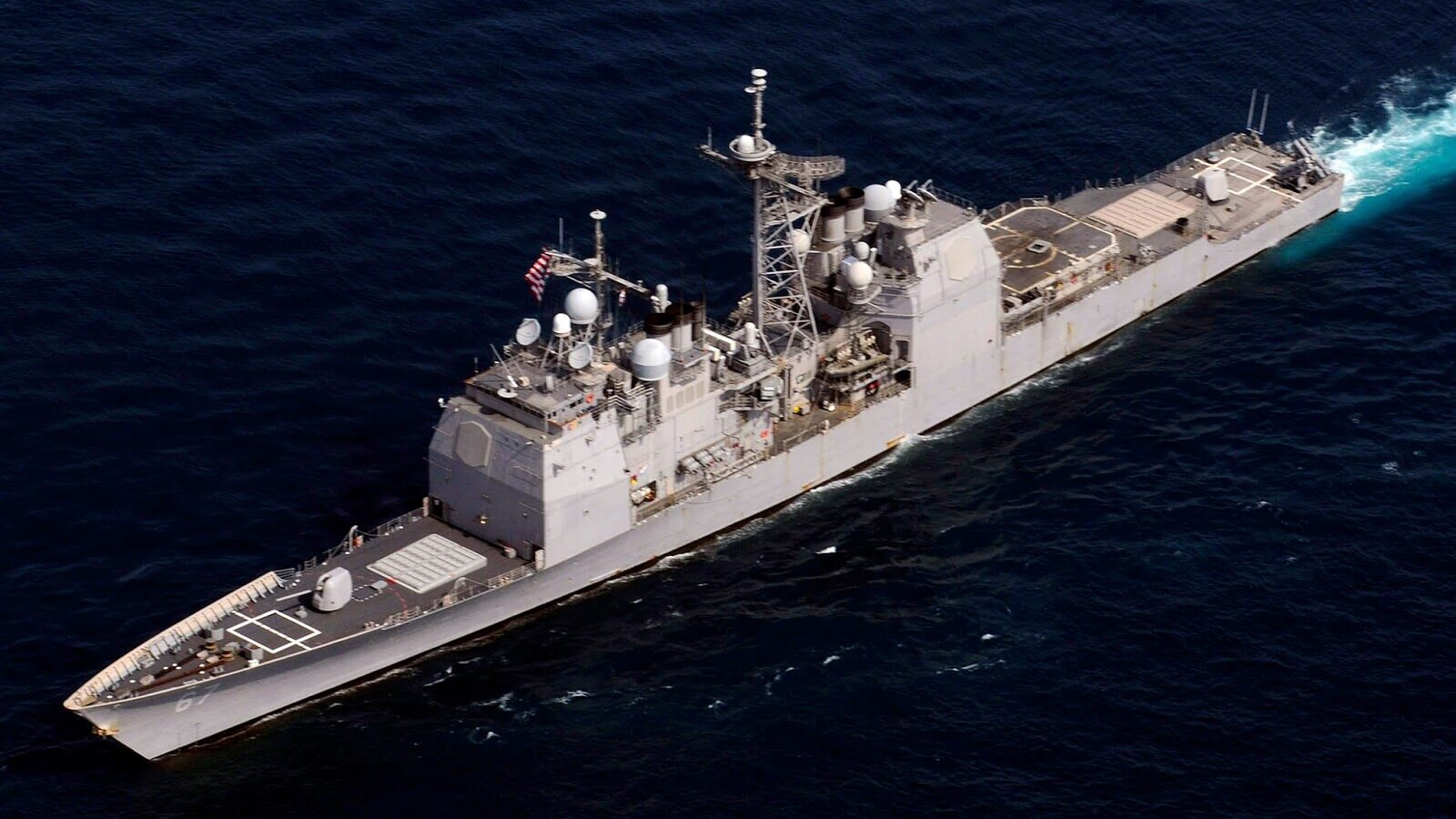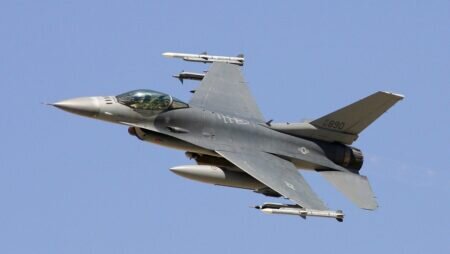The USS CARL M LEVIN (DDG 120) successfully completed Flight Test Aegis Weapon System-48 (FTM-48), also known as Vigilant Wyvern, north of the Pacific Missile Test Range Facility in Kauai, Hawaii. Employing the latest advancements to the Aegis Combat System, USS CARL M LEVIN (DDG 120) simultaneously engaged multiple Anti-ship Cruise Missile and Ballistic Missile Defense (BMD) targets, a significant first for the Aegis Combat System. The successful execution of FTM-48 by the Missile Defense Agency (MDA) and the U.S. Navy Program Executive Office Integrated Warfare Systems (PEO IWS) demonstrates consistent evolution and innovation of the Lockheed Martin developed Aegis Combat System.
“This is another step forward in proving capabilities in an operationally realistic scenario, which is crucial in outpacing evolving threats and staying ahead of the adversary,” said Joe DePietro, vice president and general manager at Lockheed Martin. “Using this Integrated Air and Missile Defense (IAMD) foundation, the Aegis Combat System will continue to expand its capabilities to address today’s and tomorrow’s most challenging ballistic and hypersonic threats and raids.”
Increased Worldwide Security
As the Aegis Combat System Engineering Agent, Lockheed Martin engineers developed the latest common source library update for the Aegis Combat System computer program, the 9.C2 baseline. Featuring BMD 5.1 capability, which is deployed today in a majority of the Aegis BMD fleet, FTM-48 demonstrated Aegis’s ability to continue to defeat increasing numbers of difficult threats. By employing SPY-1’s IAMD Priority Mode, FTM-48 displayed the ability of the Aegis Combat System to provide a balanced division of radar resources supporting multi-mission operations. This event proved ships equipped with the latest advanced Aegis Combat System can defend against numerous IAMD threats simultaneously and are pacing the threat any adversary employs.
What’s Next
The combat system continues to rapidly deliver new capabilities, and these solutions integrate both SPY-1 and a family of solid-state radars, to include Lockheed Martin’s TPY-6 and SPY-7 radars.









